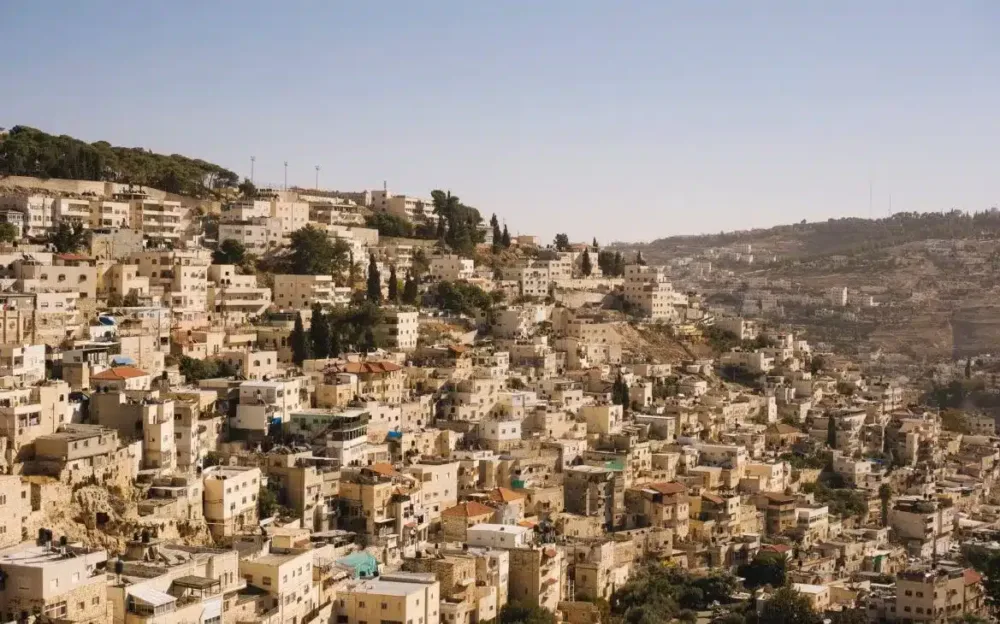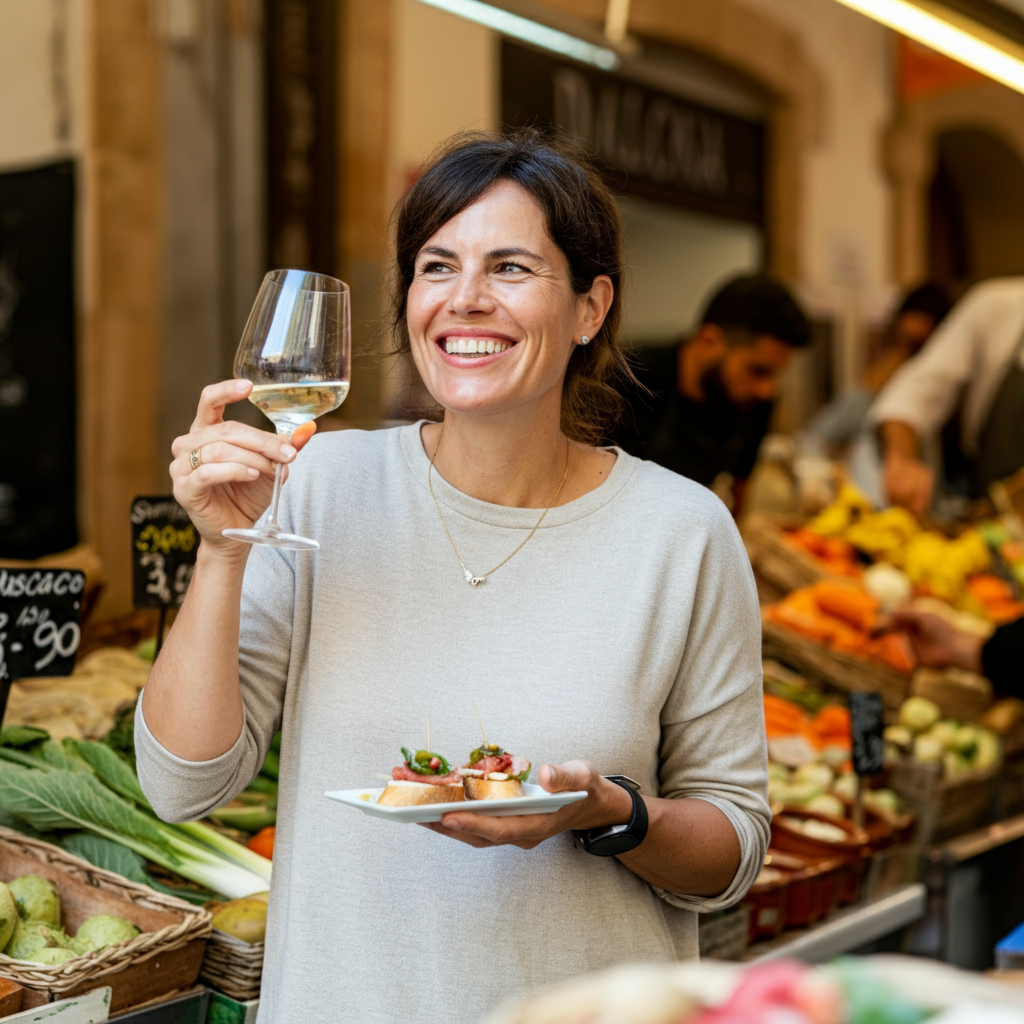Inca, Mallorca – The Island’s “Second City” & Market Capital

🌍 Inca at a Glance
Located about 30 minutes by car or train from Palma, Inca is Mallorca’s third-largest town (locals often call it the “second city” after Palma due to its size and importance). Known as the capital of the Raiguer region, it sits between Palma and Alcúdia – making it a natural stop on the island’s main routes.
While not as touristy as coastal towns, Inca is famous for its weekly Thursday market (the biggest on the island) and its tradition of leather craftsmanship, especially shoes and handbags.
🛍️ The Famous Inca Market (Every Thursday)

Inca’s Thursday market stretches across the entire town centre and attracts both locals and visitors from across Mallorca.
- Size: Hundreds of stalls with food, crafts, clothing, and souvenirs.
- Highlights: Fresh produce, cheeses, leather goods, jewelry, ceramics.
- Atmosphere: Bustling, vibrant, and truly local.
- Tip: Arrive by 10am — parking gets tricky later in the morning.
👉 Related: Best Weekly Markets in Mallorca
👞 Leather & Craft Heritage

Inca has been Mallorca’s leather capital for centuries, shaping the town’s identity and economy. It is home to international shoe and fashion brands such as Camper and Lottusse, but also to dozens of artisan workshops that keep traditional skills alive.
- Visit Leather Outlets – Many shops and factory stores in Inca offer high-quality goods at discounted prices, from bags to belts.
- Museu del Calçat i de la Indústria – This footwear and industry museum showcases the history of shoemaking in Mallorca, with fascinating displays of old machinery, tools, and designs.
- Souvenir Tip – A pair of handmade Mallorcan sandals or a finely crafted leather bag is a practical and stylish keepsake that supports local artisans.
Beyond shopping, leather production remains a living tradition here. Walking around town, you’ll notice small workshops and boutiques side by side with modern outlets — a reminder of how deeply this craft is woven into Inca’s character.
🏛️ Things to See in Inca
| Attraction | Why Visit | Palma Weekly Tip |
| Monestir de Sant Bartomeu | Historic monastery at the town’s heart | Combine with nearby pedestrian streets |
| Santa Maria la Major Church | Striking baroque church, a town landmark | Great photo spot from Plaça Santa Maria |
| Claustre de Sant Domingo | Cultural centre hosting exhibitions & concerts | Check evening schedules in summer |
| Plaça d’Espanya | Central square with cafés and shops | Best for people-watching during market days |
🍴 Eating & Drinking in Inca

Inca is also known for its cellers — former wine cellars converted into traditional restaurants.
- Celler Can Amer – Rustic atmosphere, known for sobrassada and Mallorcan classics.
- Celler Can Ripoll – Historic cellar dating back to the 18th century.
- Es Ginebró – Organic, local-focused restaurant with modern twists.
👉 Related: Traditional Mallorcan Dishes
🏨 Where to Stay

Most visitors stop in Inca for the day, but there are charming stays nearby:
- Can Cota Boutique Hotel – Stylish rooms in a historic building.
- Agroturismo Son Vivot – Rural finca experience just outside town.
- Cas Comte Suites & Spa (Lloseta) – Luxury stay in a restored palace, 5 min away.
👉 Related: Agroturismo in Mallorca
🚆 Getting to Inca from Palma
| Mode | Duration | Details | Palma Weekly Tip |
| Train | ~30 min | TIB line from Estació Intermodal (Palma) direct to Inca, frequent departures | Easiest and most stress-free on market days |
| Car | ~30 min | Via Ma-13 motorway (same route toward Alcúdia) | Parking limited on Thursdays — arrive before 10am |
| Bus | ~40–55 min | Several TIB lines connect Palma to Inca and nearby towns | Good budget option, but less frequent than trains |
👉 Related: Driving in Mallorca
📅 Best Time to Visit
- Thursday: For the market (arrive early).
- November: Dijous Bo fair, Mallorca’s largest autumn festival, celebrating agriculture, crafts, and gastronomy.
- Year-round: For shoe shopping and traditional food.
➤ Discover More: Mallorca Fashion Outlet
Planning a shopping day near Palma? Get our complete guide to shops, outlet map, train/bus directions, cinema, dining, and money-saving tips — all in one place.
👉 Mallorca Fashion Outlet – Complete Palma Weekly Guide
❓ FAQ – Inca, Mallorca
Is Inca worth visiting if I’m staying in Palma?
Yes — it’s only 30 minutes by train or car, making it a perfect day trip for shopping and the Thursday market.
What is Inca most famous for?
Leather goods, the Thursday market, and its rustic celler restaurants.
When is the Dijous Bo fair?
Usually the third Thursday of November, attracting thousands of visitors for food, wine, and cultural events.
